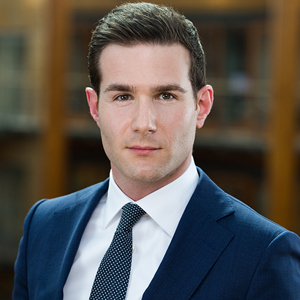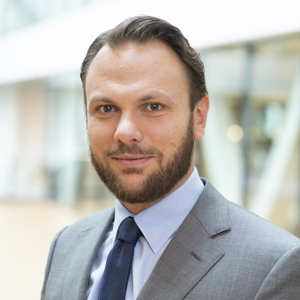Concept of a VAT fixed establishment
A fixed establishment is a company’s secondary place of business that is located in another country than where its primary establishment is located (i.e. its head office). The Decree distinguishes between ‘active’ and ‘passive’ fixed establishments. The active fixed establishment supplies goods or services to third parties, whereas the passive fixed establishment procures services for its own needs. No active fixed establishment is present if it does not act towards third parties, but only supports its head office, e.g. with marketing, administration or the storage of goods. Such a supporting fixed establishment may however be considered a passive fixed establishment if it procures services for its own needs. If those services are procured from foreign service suppliers, the passive fixed establishment should account for VAT in the country where it is located. A subsidiary should in principle not be regarded as a fixed establishment.
VAT recovery
In general, businesses can recover input VAT incurred on their expenses to the extent those expenses are attributable to VAT taxed business activities. This principle also applies to fixed establishments. It requires special attention if a fixed establishment incurs expenses that are (also) used for the activities of its foreign head office, and vice-versa. The VAT recovery should then be based on the VAT rules of both the primary and secondary country of residence and the activities by both the fixed establishment and the head office. Especially were the fixed establishment and/or head office is not entitled to full VAT recovery, this may lead to a limitation of VAT recovery. In line with EU case law (Morgan Stanley case), the Decree prescribes that it may be required to apply different input VAT recovery ratios per category of costs and specifies the method of doing so.
Fixed establishment in VAT group
The supply of goods and services or cost allocations between a head office and its fixed establishment are generally out of scope for VAT purposes as they occur within the same legal entity. However, from EU case law (Skandia case) it can be derived that such transactions attract VAT if the fixed establishment is part of a VAT group. If this VAT is non-recoverable, this may result in a cost. The Decree confirms that this EU case law is not applied in Dutch practice, also not in the reverse situation were the head office is part of a VAT group. On the basis of Dutch case law a foreign head office and fixed establishment is ‘absorbed’ in the VAT group.
What to do now?
The Decree provides much welcomed certainty for international businesses with activities in the Netherlands. However, as tax authorities in other EU countries are increasingly taking different viewpoints, cross-border mismatches could potentially lie ahead. In view of mitigating fixed establishment risks, we recommend performing a three-step assessment.
- Check whether a fixed establishment exists based on local presence.
- Register the fixed establishment if necessary, to fulfill VAT compliance obligations.
- Determine the VAT obligations and VAT recovery position of both the head office and the fixed establishment, in particular in view of transactions and cost-allocations between the head office and its fixed establishment.
Our advisors of the indirect tax practice are primed to assist your businesses in every step. They can help you assess the presence of a fixed establishment, including opportunities and risks a fixed establishment would entail. Please do not hesitate to contact your trusted advisor for practical and tailored advice on your situation.








